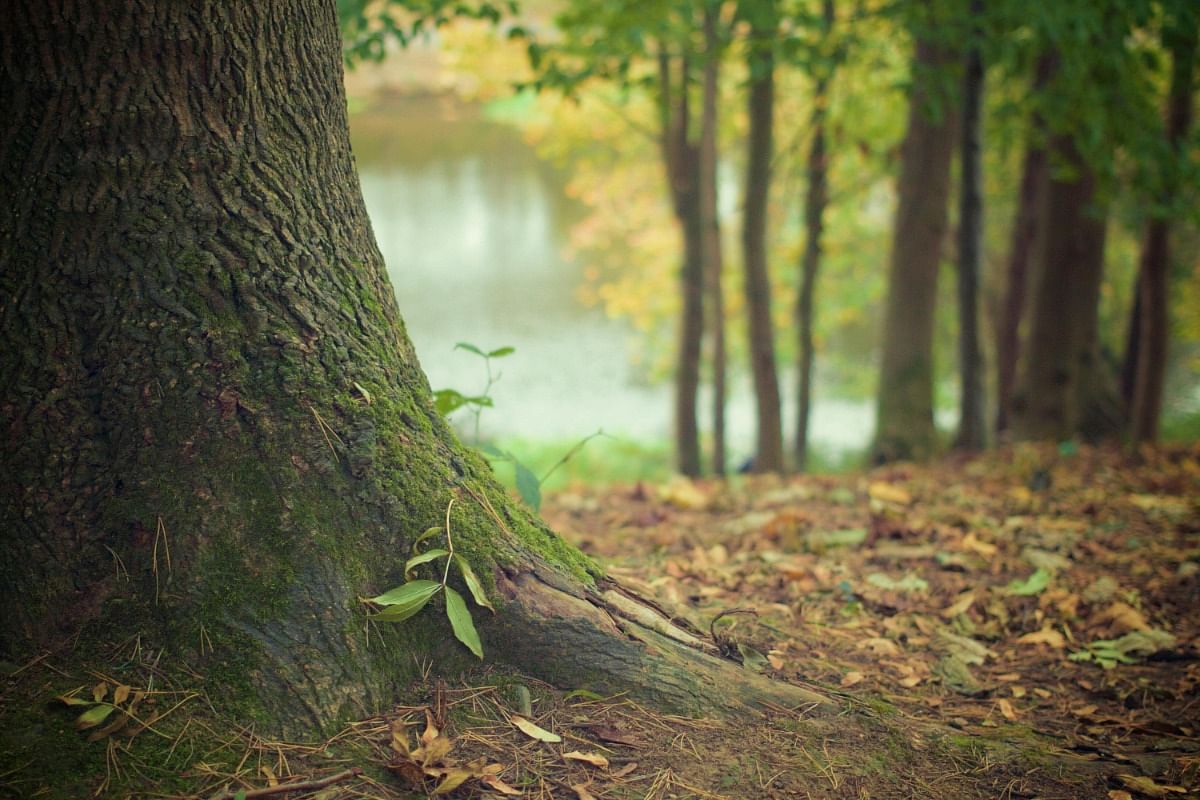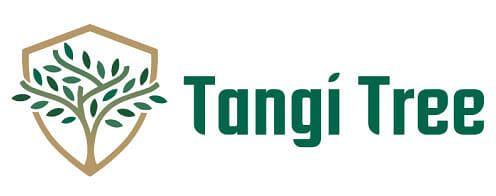Get storm-ready! Be hurricane-prepared BEFORE the season starts.

Who Can Tell Me What’s Wrong with My Tree?
At Tangi Tree Co, our team knows the vital role trees play in our environment and the beauty they bring to our landscapes. Trees provide shade, improve air quality, and enhance the aesthetic value of our properties. However, like all living organisms, trees can become sick and require care and attention to restore their health. Recognizing the signs of a sick tree early and taking appropriate action can make all the difference in saving a beloved tree.
Identifying a Sick Tree
Identifying the signs of a sick tree is the first step in providing the necessary care. Here are some key indicators to watch for:
- Discolored or Wilting Leaves: Leaves that are yellowing, browning, or wilting could signal various issues such as nutrient deficiencies, water stress, or disease.
- Unusual Leaf Drop: Trees typically shed their leaves in response to seasonal changes, but an unusual or excessive leaf drop can indicate stress or illness.
- Dead Branches: The presence of dead or dying branches is often a clear sign of a sick tree. These branches may appear brittle, lack leaves, or have peeling bark.
- Presence of Pests or Fungi: Visible pests like beetles, caterpillars, or aphids, as well as fungal growths such as mushrooms or mildew on the bark or leaves, can indicate underlying health issues.
Common Tree Diseases
Recognizing common tree diseases can help you take quick action. Here are a few prevalent diseases to be aware of:
Root Rot: Caused by overwatering or poor drainage, root rot leads to mushy, decaying roots and can cause the tree to lean or fall over.
Blight: This disease manifests as rapid browning and death of leaves, flowers, and stems, often caused by fungal or bacterial infections.
Canker: Cankers are areas of dead bark on the trunk or branches, typically caused by fungi or bacteria entering through wounds or cracks.
Diagnosing the Problem
Diagnosing the problem accurately is crucial for effective treatment. Begin with a thorough visual inspection. Examine the leaves for discoloration, spots, or abnormal growth. Check the bark for cracks, cankers, or fungal growth, and inspect the roots for signs of decay or damage. Pay attention to the overall structure and form of the tree, as a leaning trunk or drooping branches can indicate deeper issues.
Soil testing is another essential diagnostic tool. The health of a tree is heavily influenced by the soil it grows in. Testing the soil for pH levels, nutrient content, and drainage capacity can reveal underlying problems that might not be visible on the surface. Home soil test kits are available, but for a comprehensive analysis, consider consulting a professional arborist or local extension service.
If visual inspection and soil testing don't provide clear answers, it might be time to call in a professional arborist. Arborists are trained to diagnose and treat tree health issues and can provide an expert assessment. They can perform more specialized tests, such as root and tissue analysis, to pinpoint the exact cause of the tree's distress. A professional diagnosis ensures that you apply the correct treatment and avoid causing further harm to the tree.
Treatment Options
Once you've identified the problem, you can begin treatment to help your sick tree recover. Start with proper watering and soil care. Ensure that the tree receives adequate but not excessive water. Overwatering can lead to root rot, while underwatering can cause stress and decline. Mulching around the base of the tree helps retain moisture, regulate soil temperature, and reduce competition from weeds.
Nutrient management is another critical aspect of tree care. Fertilizing your tree with the right nutrients can address deficiencies and promote healthy growth. Choose a fertilizer based on the specific needs of your tree, as revealed by soil testing. Apply fertilizer according to the manufacturer's instructions, avoiding over-fertilization, which can harm the tree.
Pruning and trimming are vital for removing diseased or dead branches. Pruning helps to improve air circulation, reduce the spread of disease, and encourage new growth. Use clean, sharp tools to make precise cuts, and disinfect tools between uses to prevent the spread of pathogens. It's best to prune during the dormant season to minimize stress on the tree.
For pest and disease control, consider both organic and chemical treatments. Organic options like neem oil, insecticidal soap, or beneficial insects can help manage pests without harming the environment. Chemical treatments may be necessary for severe infestations or diseases but should be used judiciously to avoid damaging the tree or surrounding ecosystem. Preventative measures, such as maintaining tree health and proper spacing, can reduce the risk of future problems.
Long-term Tree Health Maintenance
Maintaining the long-term health of your trees requires consistent care and attention. Regular monitoring is essential; create a schedule to periodically check your trees for any signs of stress or disease. Early detection of problems can prevent minor issues from becoming major ones. Keep an eye out for changes in leaf color, unusual growth patterns, and any new pests or fungi.
Seasonal care is crucial in maintaining tree health. Different seasons bring different challenges, and adjusting your care routines accordingly can make a significant difference. In spring, focus on fertilization and pest prevention. During the summer, ensure adequate watering and monitor for heat stress. Fall is the ideal time for pruning and mulching, while winter care involves protecting trees from extreme cold and potential ice damage. Each season presents unique needs, and understanding these can help keep your trees robust and healthy.
Enhancing tree resilience involves adopting practices that strengthen trees against diseases and environmental stresses. One effective method is companion planting, which involves growing certain plants near your trees to enhance their health. For example, some plants can attract beneficial insects that prey on tree pests. Increasing biodiversity in your landscape also helps create a balanced ecosystem that supports tree health. Regularly amending the soil with organic matter, maintaining proper tree spacing, and avoiding mechanical damage to roots and trunks are also key practices.
When to Remove a Tree
Despite your best efforts, there may come a time when removing a tree is the safest and most practical option. Signs that it’s time to remove a tree include extensive structural damage, severe disease that cannot be treated, and significant leaning that poses a safety hazard. Dead trees or those with large dead branches also pose a risk, as they can fall without warning, potentially causing injury or property damage.
Making the decision to remove a tree is never easy, especially if the tree holds sentimental value. However, prioritizing safety is crucial. If a tree poses a danger to people, structures, or other plants, it is better to act proactively. Consulting with a professional arborist can help you make an informed decision. Arborists can assess the tree’s condition and provide guidance on whether removal is necessary and how to do it safely.
When it comes to tree removal, hiring a professional service is strongly recommended. Tree removal can be dangerous and requires specialized equipment and expertise to ensure it is done safely and efficiently. Professional tree removal services also take care of stump removal and disposal, leaving your property clean and ready for new planting. Additionally, they can offer advice on choosing a suitable replacement tree, if desired.
Tangi Tree’s Local Arborists Aid Sick Trees
If you have a sick tree or need help with tree care, don’t wait until it’s too late. Contact Tangi Tree Co today to schedule a consultation with our licensed arborists. Our team has the expertise and experience to diagnose, treat, and maintain the health of your trees, ensuring they thrive for years to come. Whether you need soil testing, pruning, pest control, or advice on long-term tree care, we are here to help. Trust Tangi Tree Co to keep your landscape beautiful and your trees healthy. Reach out today and let us help you nurture your trees back to health.






